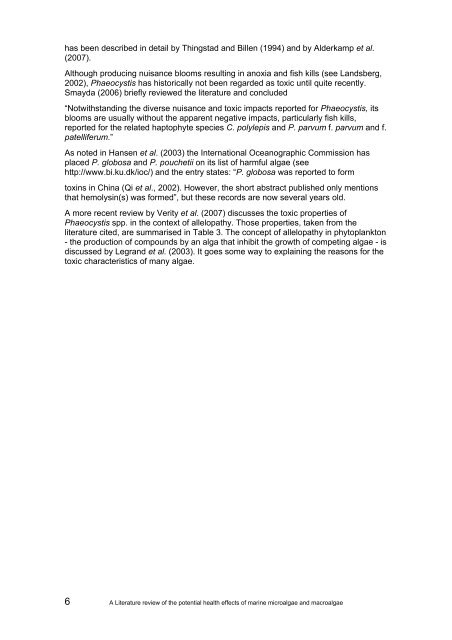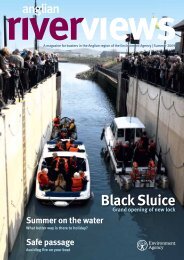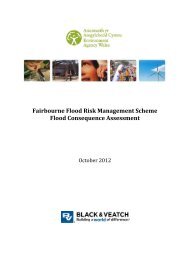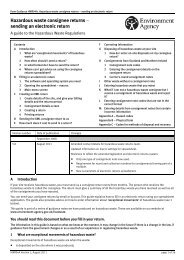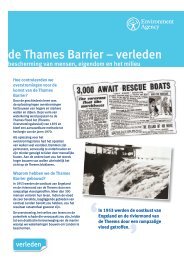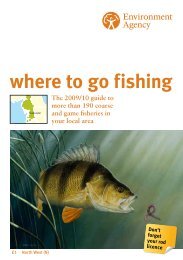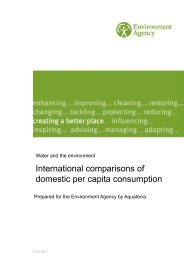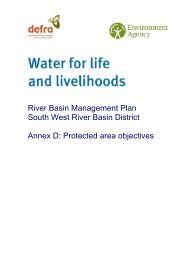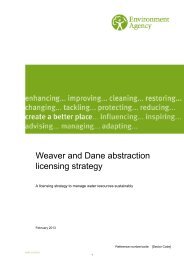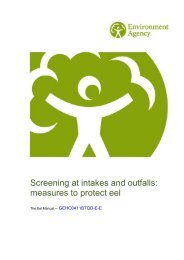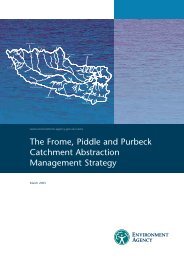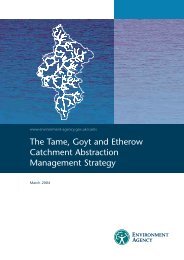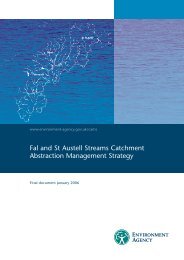Karenia mikimotoi
Karenia mikimotoi
Karenia mikimotoi
You also want an ePaper? Increase the reach of your titles
YUMPU automatically turns print PDFs into web optimized ePapers that Google loves.
has been described in detail by Thingstad and Billen (1994) and by Alderkamp et al.<br />
(2007).<br />
Although producing nuisance blooms resulting in anoxia and fish kills (see Landsberg,<br />
2002), Phaeocystis has historically not been regarded as toxic until quite recently.<br />
Smayda (2006) briefly reviewed the literature and concluded<br />
“Notwithstanding the diverse nuisance and toxic impacts reported for Phaeocystis, its<br />
blooms are usually without the apparent negative impacts, particularly fish kills,<br />
reported for the related haptophyte species C. polylepis and P. parvum f. parvum and f.<br />
patelliferum.”<br />
As noted in Hansen et al. (2003) the International Oceanographic Commission has<br />
placed P. globosa and P. pouchetii on its list of harmful algae (see<br />
http://www.bi.ku.dk/ioc/) and the entry states: “P. globosa was reported to form<br />
toxins in China (Qi et al., 2002). However, the short abstract published only mentions<br />
that hemolysin(s) was formed”, but these records are now several years old.<br />
A more recent review by Verity et al. (2007) discusses the toxic properties of<br />
Phaeocystis spp. in the context of allelopathy. Those properties, taken from the<br />
literature cited, are summarised in Table 3. The concept of allelopathy in phytoplankton<br />
- the production of compounds by an alga that inhibit the growth of competing algae - is<br />
discussed by Legrand et al. (2003). It goes some way to explaining the reasons for the<br />
toxic characteristics of many algae.<br />
6 A Literature review of the potential health effects of marine microalgae and macroalgae


